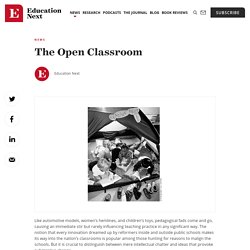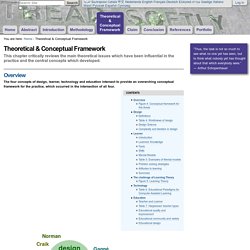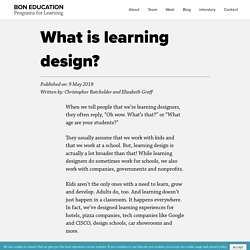

The Open Classroom. Like automotive models, women’s hemlines, and children’s toys, pedagogical fads come and go, causing an immediate stir but rarely influencing teaching practice in any significant way.

The notion that every innovation dreamed up by reformers inside and outside public schools makes its way into the nation’s classrooms is popular among those hunting for reasons to malign the schools. But it is crucial to distinguish between mere intellectual chatter and ideas that provoke substantive change. Where on this spectrum does the idea of the “open classroom” lie? At first glance, it would seem to be just another fad. It burst onto the American education scene in the late 1960s, only to fade away by the late 1970s. British Invasion The open-classroom movement originated in British public elementary schools after World War II.
For more than a decade, U.S. schools had been subjected to withering attacks, blamed for everything from the launch of Sputnik to urban decay. Schools without Walls Backlash. The Circular Classroom: a Free Toolkit for Activating the Circular Economy through Experiential Learning. Finland is, by many accounts, known as having the world’s best education system, thanks to its no-homework, student-centric, interdisciplinary, life-skills teaching approach, and for its commitment to experiential and phenomena-based learning (more on this here, here and here).
So when I was invited last year to work on a progressive initiative to design curriculum focusing on the Circular Economy, sustainability, and creative problem solving for Finnish high schools, I was extremely excited by the potential for this project to have far-reaching educational impacts. The Circular Classroom is a free, multilingual educational resource for students and teachers alike, designed to integrate circular thinking into high school and upper secondary classrooms in Finland, all packaged up in a fun, beautiful format. I designed the Circular Classroom curriculum materials through a co-creation process utilizing the Disruptive Design Method. Lxcanvas. Phd.richardmillwood.net/en/theoretical-and-conceptual-framework. The concept of learner in my work has been particularly concerned with the developmental fulfilment of the learner at all stages in a lifelong venture, that is learning for intrinsic reasons, as well as preparation for work, culture and citizenship.

Introduction This section focusses on the individual learner perspective that informs my practice. The learner in my practice has been central to improving the design of materials and courses, but not without understanding the social context. Dewey convincingly argues the importance of this in his declaration of pedagogical creed: In sum, I believe that the individual who is to be educated is a social individual and that society is an organic union of individuals.
If we eliminate the social factor from the child we are left only with an abstraction; if we eliminate the individual factor from society, we are left only with an inert and lifeless mass. Dewey (1897, 77-80) Learners' Knowledge (Laurillard 2012, 57) Facts Skills Mental Models Summary. Bon Education Learning Design Spectra. What is Learning Design? - Bon Education - Medium. When we tell people that we’re learning designers, they often reply, “Oh wow.

What’s that?” Or “What age are your students? " They usually assume that we work with kids and that we work at a school. But, learning design is actually a lot broader than that! While learning designers do sometimes work for schools, we also work with companies, governments and nonprofits. Kids aren't the only ones with a need to learn, grow and develop.
What is learning design? Like architects, learning designers design spaces. How do we do it? Unlike architects, the materials in our toolbox are not bricks, steel and concrete. A language to describe the practice We believe that it’s important to regularly and critically reflect on the work that we do. As can be seen in the graphic below, there are many spectra. It’s tempting to conclude that one end of a spectrum is better than another. Speaking the language We’re finding the learning design spectra useful in a range of situations. What is Learning Design? - Bon Education - Medium. Bon Education Learning Design Spectra. Bon Education Learning Design Spectra.